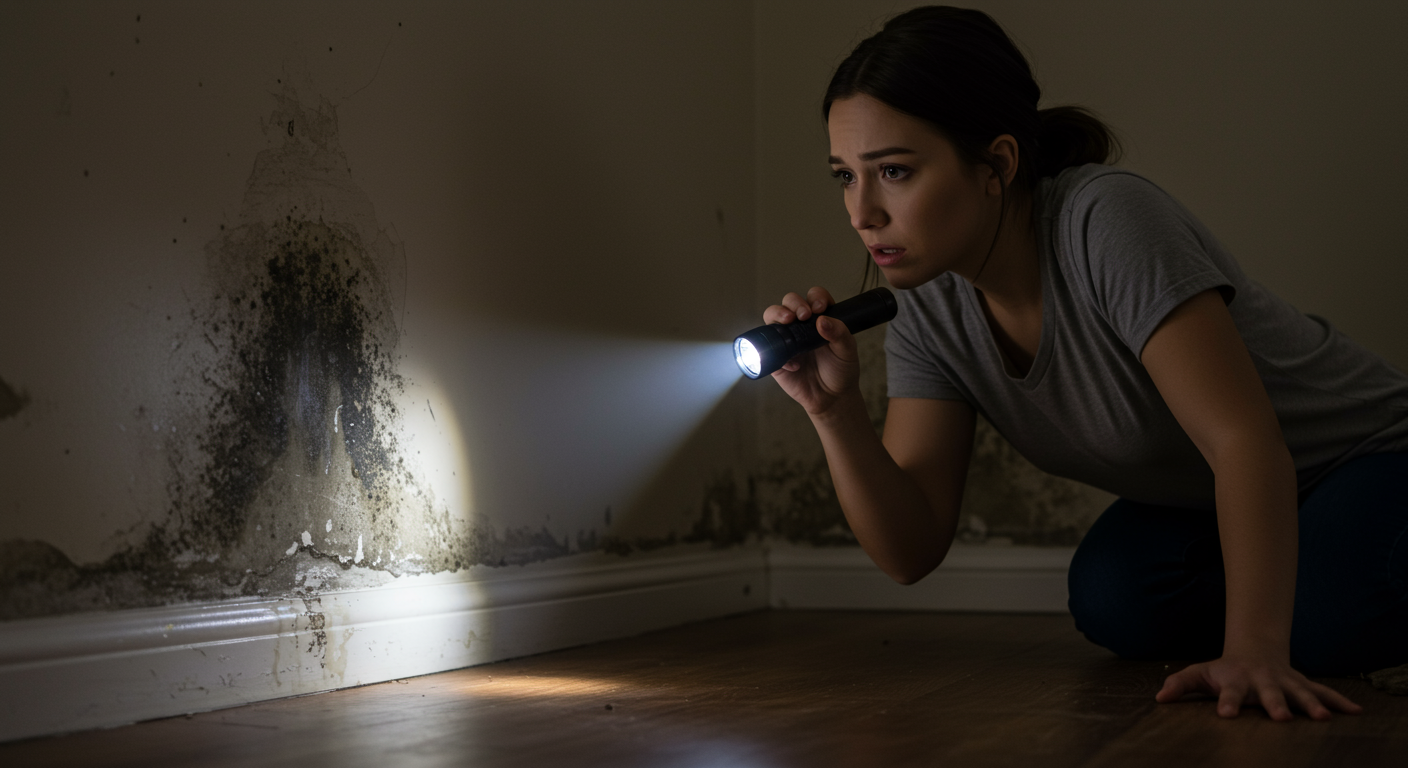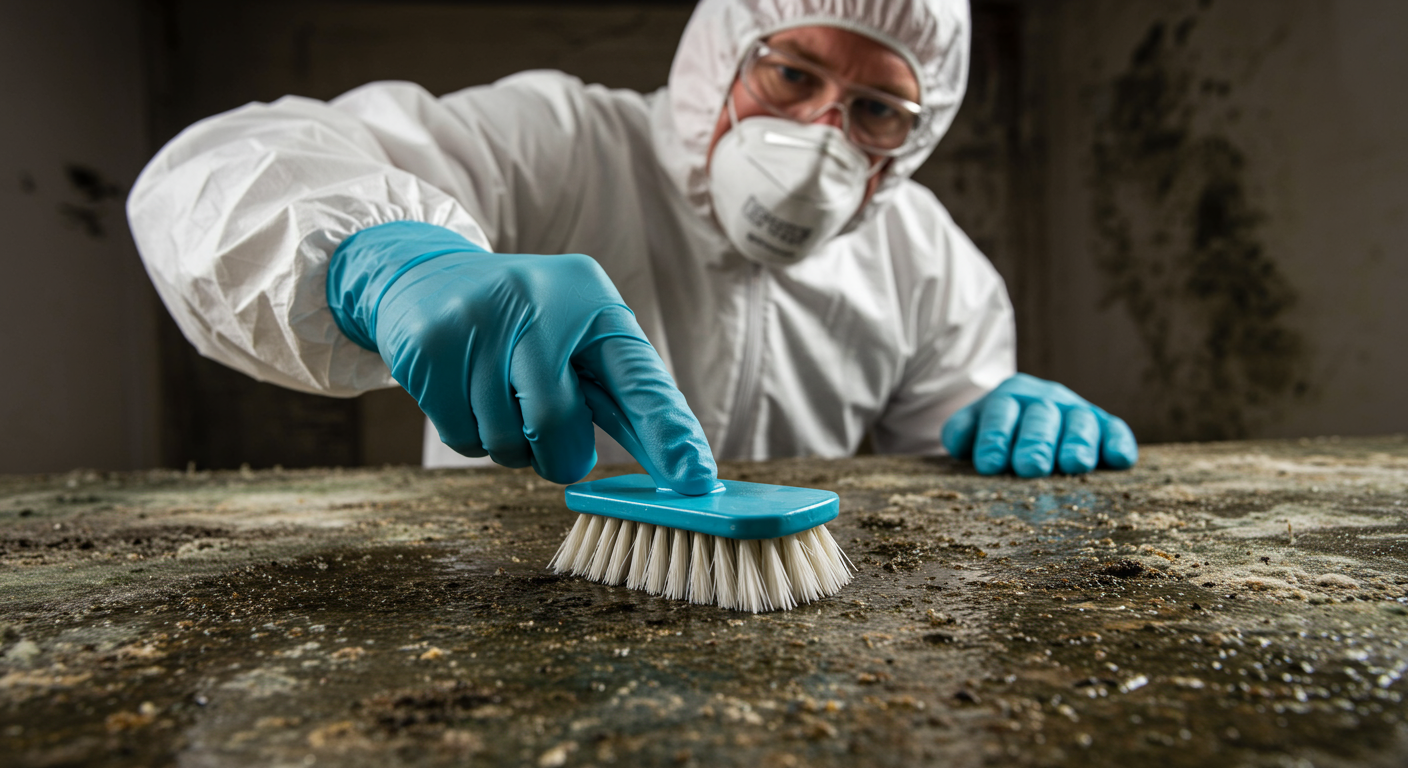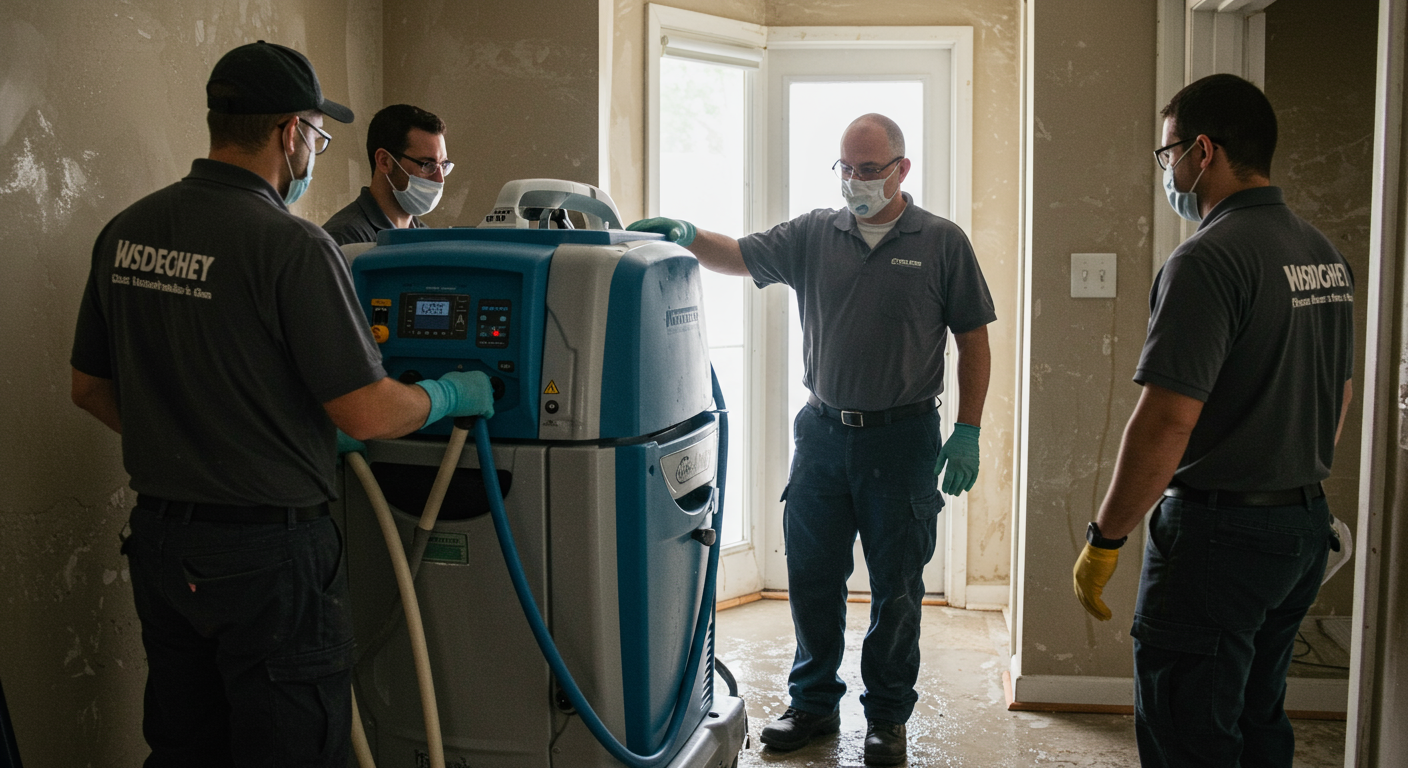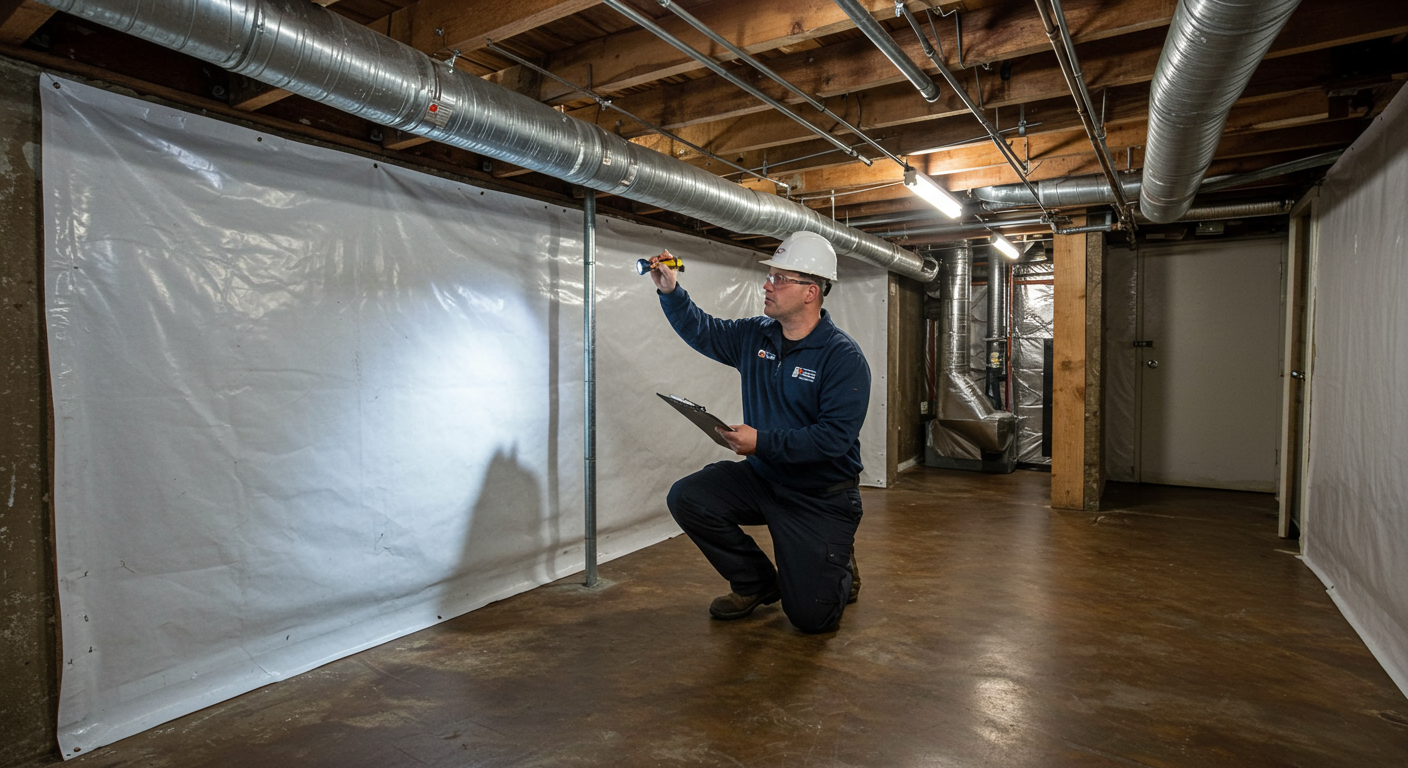Mold is a common yet often underestimated problem in residential homes. It not only damages property but also poses significant health risks to occupants. Understanding how to manage residential mold is crucial for maintaining a safe and healthy living environment. This guide will provide you with essential tips on mold prevention, cleanup, and protective measures to ensure your home remains mold-free.
Understanding Residential Mold
What is Mold and Why It Grows in Homes
Mold is a type of fungus that thrives in damp, warm, and humid conditions. It can grow on various surfaces, including walls, ceilings, carpets, and wood. Common causes of mold growth in homes include water leaks, poor ventilation, and high humidity levels. Once mold spores find a suitable environment, they can spread rapidly, making early detection and intervention critical.
Health Risks Associated with Mold Exposure
Exposure to mold can lead to various health issues, especially for individuals with allergies, asthma, or weakened immune systems. Symptoms may include respiratory problems, skin irritation, and nasal congestion. Prolonged exposure can exacerbate these conditions, making it essential to address mold issues promptly. For more information on protecting your health, check out Expert Mold Mitigation Services in New Orleans, LA – Protect Your Home & Health Today.
Effective Mold Prevention Strategies
Controlling Moisture Levels in Your Home
Moisture control is the cornerstone of mold prevention. Start by identifying and fixing any water leaks in your home. Ensure that your plumbing, roofing, and windows are in good condition. Additionally, use a dehumidifier to maintain indoor humidity levels below 60%. Regularly check areas prone to moisture, such as basements, bathrooms, and kitchens, to prevent mold growth.
Importance of Proper Ventilation and Humidity Control
Proper ventilation is another key factor in preventing mold. Ensure that your home has adequate airflow by using exhaust fans in bathrooms and kitchens. Open windows whenever possible to allow fresh air to circulate. Installing a ventilation system can also help maintain optimal indoor air quality. Learn more about creating a mold-resistant environment by visiting Comprehensive Crawl Space Solutions in New Orleans, LA.
Mold Cleanup Guidelines
When to DIY vs. Hiring Professionals
Deciding whether to handle mold cleanup yourself or hire professionals depends on the severity of the infestation. For small areas (less than 10 square feet), DIY methods may suffice. However, extensive mold growth or mold in HVAC systems requires professional intervention. Professionals have the expertise and equipment to safely and effectively remove mold, ensuring it doesn’t return.
Step-by-Step Mold Removal Process
- Identify the Source: Locate the source of moisture and address it to prevent further mold growth.
- Prepare the Area: Seal off the affected area to contain mold spores during cleanup.
- Clean the Mold: Use a mixture of water and detergent to scrub mold off surfaces. Avoid using bleach, as it may not effectively kill mold on porous materials.
- Dry the Area: Thoroughly dry the cleaned area to prevent mold from returning.
- Dispose of Contaminated Materials: Safely discard any materials that cannot be cleaned, such as carpets or drywall.
For professional assistance, consider Comprehensive Mold Abatement Services in New Orleans, LA.

Protective Measures During Cleanup
Recommended Personal Protective Equipment (PPE)
Wearing the right protective gear is essential during mold cleanup to safeguard your health. Recommended PPE includes:
- N95 respirator mask to filter mold spores.
- Gloves to protect your hands from mold and cleaning chemicals.
- Goggles to shield your eyes from mold particles.
- Protective clothing to prevent skin contact.
Safety Tips for Handling Mold Safely
When cleaning mold, always follow these safety tips:
- Work in a well-ventilated area to minimize inhalation of mold spores.
- Avoid mixing cleaning products, as this can produce toxic fumes.
- Use disposable cleaning materials to prevent cross-contamination.
- Wash your hands and clothes thoroughly after cleanup.
For more detailed guidance on mold cleanup, explore What to Do If You Find Mold in Your House in New Orleans, LA.
Managing residential mold requires a proactive approach to prevention and cleanup. By controlling moisture, ensuring proper ventilation, and following safety guidelines, you can protect your home and health from the harmful effects of mold. If you’re dealing with a severe mold problem, don’t hesitate to seek professional help to ensure a thorough and effective solution.


